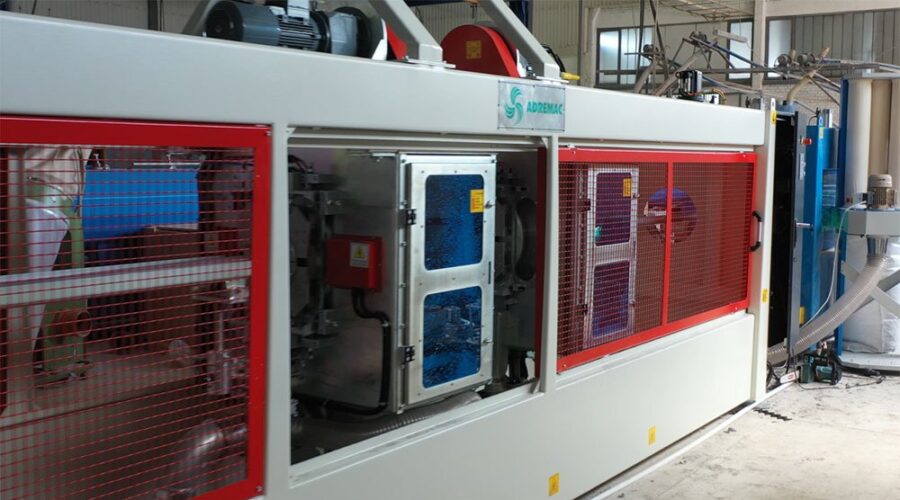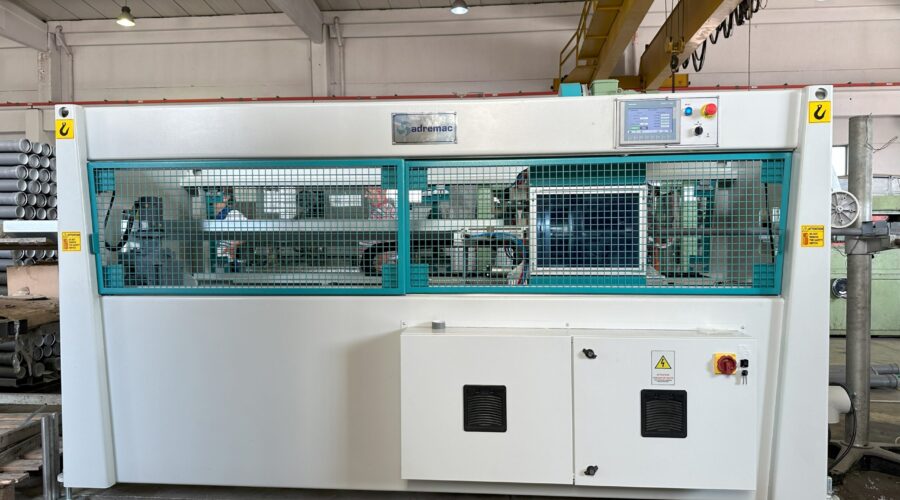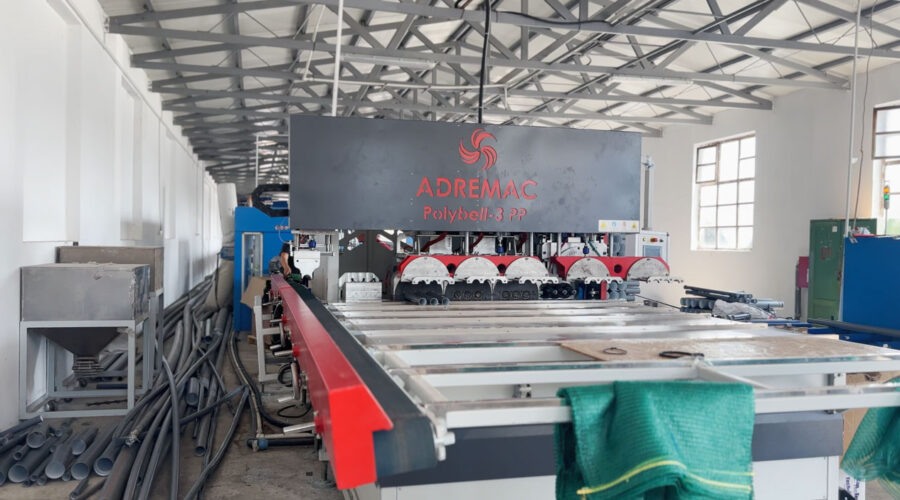The pipe extrusion process is a fundamental technique in plastic manufacturing, especially for industries producing PVC, PE, and PP pipes. Understanding the basic principles of this process is essential for optimizing production, improving product quality, and reducing waste. In this guide, we will delve into the core components of pipe extrusion, the technologies involved, and how each stage contributes to the creation of high-quality plastic pipes.
What is Pipe Extrusion?
At its core, pipe extrusion is a continuous manufacturing process in which plastic materials are melted and forced through a shaping die to form a long, continuous tube. The plastic material used, whether PVC, PE, or PP, is fed into the extruder, where it is heated and pressurized. This molten plastic is then shaped into pipes as it is pushed through a die designed to create the desired diameter and wall thickness.
The pipe extrusion process is known for its efficiency, as it allows for continuous production, making it ideal for high-volume manufacturing. The ability to produce a wide range of pipe sizes and types with different materials makes this process highly versatile.
Key Components of a Pipe Extrusion Line
A pipe extrusion line consists of several critical components, each playing a unique role in the overall process:
- Extruder Machine
The extruder is the heart of the pipe extrusion line. It melts the plastic material and forces it through the shaping die. The single-screw and twin-screw extruders are commonly used, with twin-screw extruders offering more precise control over the material flow, making them ideal for complex applications such as multilayer pipe production. - Vacuum Sizing Tanks
After the molten plastic exits the die, it must be cooled and shaped. Vacuum sizing tanks are essential in this process, ensuring that the pipe maintains its correct shape and dimensions. By applying a vacuum to the pipe as it cools, these tanks prevent any deformation, ensuring a consistent, high-quality product. - Haul-Off Machines
Haul-offs pull the extruded pipe through the cooling and shaping stages at a controlled speed. These machines are equipped with caterpillar or belt mechanisms that grip the pipe without damaging its surface. The speed of the haul-off machine is synchronized with the extruder to ensure smooth and continuous production. - Pipe Cutters
Once the pipe has been formed and cooled, it needs to be cut to the desired length. Pipe cutters, including rotary and planetary cutters, provide precise cuts that maintain the pipe’s integrity. Chipless cutting and dustless chamfering technologies help reduce material waste and improve cutting accuracy. - Coiling Machines
For smaller diameter pipes, semi-automatic and fully automatic coiling machines are used to coil the pipes efficiently, ensuring they are ready for transport or storage. These machines maintain the structural integrity of the pipes and allow for easier handling.
The Importance of Technology in Pipe Extrusion
The use of advanced technology in pipe extrusion has revolutionized the industry. Modern extruders are equipped with servo motor controls that allow for precise temperature and pressure regulation, ensuring consistent quality across every meter of pipe produced.
Moreover, innovations like chipless cutting and dustless chamfering not only improve the efficiency of the production process but also make it more environmentally friendly by reducing waste. These technologies ensure that the final product meets the highest standards of quality, with smooth edges and precise dimensions.
Material Considerations in Pipe Extrusion
The type of material used in the pipe extrusion process plays a crucial role in determining the characteristics of the final product. PVC, PE, and PP are the most commonly used materials, each offering different benefits:
- PVC: Known for its durability and resistance to chemicals, PVC pipes are widely used in plumbing and drainage systems.
- PE: Polyethylene pipes are flexible and resistant to impact, making them ideal for gas and water distribution.
- PP: Polypropylene pipes are highly resistant to chemicals and heat, making them suitable for industrial applications.
Selecting the right material for the desired application ensures that the pipe performs as expected in its intended environment.
Optimizing the Pipe Extrusion Process
To achieve the best results in pipe extrusion, manufacturers must optimize several factors, including the speed of the extruder, the temperature settings, and the design of the shaping die. Additionally, regular maintenance of machinery, such as the haul-off machines, vacuum tanks, and cutters, is essential to ensure smooth and uninterrupted production.
Advanced automation technologies can also help optimize the extrusion process by reducing human error, increasing production speed, and improving product quality. By automating the control of temperature, pressure, and material flow, manufacturers can ensure that their production lines operate at peak efficiency.
Conclusion: The Future of Pipe Extrusion
The pipe extrusion process is evolving, with new technologies and materials constantly being developed to improve efficiency and product quality. As manufacturers continue to adopt advanced cutting and extrusion technologies, the industry will see further gains in sustainability, productivity, and precision.
For companies looking to improve their pipe extrusion lines, investing in modern equipment like servo motor-controlled extruders, chipless cutting systems, and vacuum sizing tanks will be key to staying competitive in the market.




